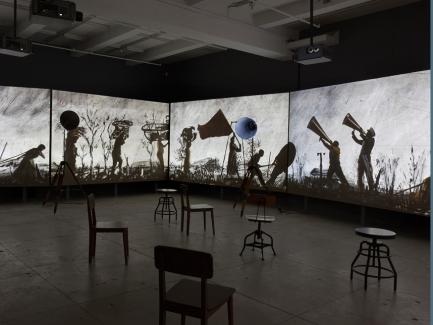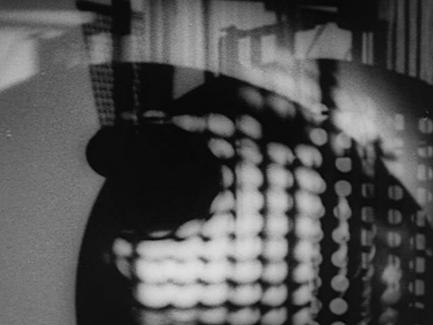The Panorama as Global Landscape
Mellon Sawyer Seminar
April 21, 2017
Tim Barringer, Paul Mellon Professor, History of Art, Yale University, in conversation with Katie Trumpener, Emily Stanford Professor, Comparative Literature and English, Yale University
The Andrew W. Mellon Foundation established the Sawyer Seminars in 1994 to provide support for comparative research on the historical and cultural sources of contemporary developments. Named in honor of the foundation’s long-serving third president, John E. Sawyer, the seminars bring together scholars from different fields to engage a topic from differing, yet complementary, perspectives. Funded by this program, Genealogies of the Excessive Screen is a project that looks to examine the proliferation and transformation of screens in contemporary culture in a new historical light. The aim is to construct an interdisciplinary genealogical investigation that would recover and rethink an environmental history of screens.
Co-organized by Yale professors Francesco Casetti, Rüdiger Campe, and Craig Buckley, the initiative challenges the idea that the present proliferation of media screens represents an expansion of models derived from the movie and television screen. Up to the middle of the nineteenth century, screens denoted a wide range of environmental elements and functions, from furniture that protected against heat, cold, and wind, to spatial partitions, surfaces concealing the presence of observers, legal protections, false architectural facades, the diversionary maneuvers of soldiers, hunting blinds, psychic as well as physical membranes, and more.
By the end of the century, screens had primarily come to denote an optical surface associated with projected images. What effect did this consolidation of the optical screen, and the loss of this more diverse environmental gamut of screens, have on our capacity to think about screens? The project invites scholars to reconsider the obscured, eccentric, and diverse environmental manifestations of the screen and asks how recovering this lost environmental history might enable us to rethink the problem of the screen today.
Genealogies of the Excessive Screen is presented in conjunction with the Enlightened Princesses exhibition, and the initiative will also develop an important collaboration with the Yale University Art Gallery, the Yale Center for British Art, and the Whitney Humanities Center. For more information, visit dev.screens.yale.edu.


